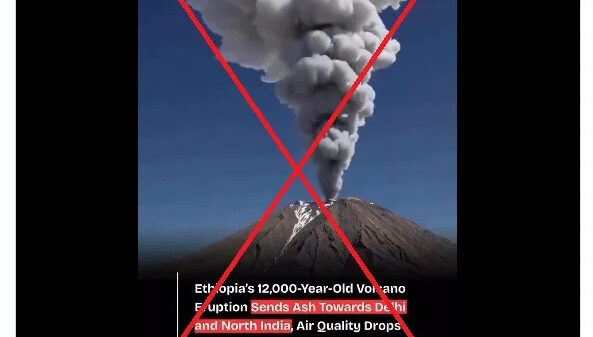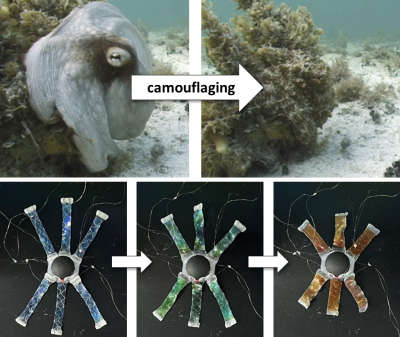A recent study suggests that Kiladze, a significant geological feature on Pluto, may not be an impact crater as previously thought, but rather the caldera of a supervolcano that erupted within the last few million years. This research, presented by planetary scientist Al Emran at a conference in July 2023, indicates that the icy dwarf planet harbors a more dynamic geological history than initially believed.
When NASA’s New Horizons spacecraft conducted a flyby of Pluto in 2015, it unveiled a geologically diverse surface, challenging earlier perceptions of the distant world. Among the findings were features identified as potential cryovolcanoes, including Wright Mons and Piccard Mons. However, Kiladze, initially classified as an impact crater, has garnered renewed attention.
Emran and his team reassessed the feature, noting the surrounding water ice and its unusual depth. “We evaluated the possibility of the depression as a cryovolcanic caldera versus having an impact crater origin,” Emran stated. Their research suggests that Kiladze resembles the Yellowstone Caldera in Wyoming, which has experienced supervolcanic eruptions in its geological past.
Kiladze measures approximately 2.5 miles (4 kilometers) in diameter, and while it initially appeared crater-like, its depth raises critical questions. Emran pointed out that typical crater depth correlates with diameter, yet Kiladze defied this trend. While an impact crater of similar size would be expected to reach a maximum depth of around 1.7 miles (2.74 kilometers), Kiladze plunges to an average depth of nearly 2 miles (3 kilometers).
This anomaly leads the researchers to believe that Kiladze is a caldera, indicative of a volcanic eruption followed by a collapse. The explosive nature of its formation could have released as much as 240 cubic miles (1,000 cubic kilometers) of icy cryomagma, qualifying it as a supervolcano.
The latest eruptions from Kiladze could have ejected water ice at least 60 miles (100 kilometers) away, with Emran suggesting that the actual amount may be underestimated due to limitations in the data collected by New Horizons.
Kiladze is situated just north of Sputnik Planitia, which serves as a central feature on Pluto’s icy landscape. The region is predominantly covered in various ices, with the presence of a peculiar unidentified ammoniated compound detected near Kiladze. Emran noted that this ammonia could lower the freezing point of water, allowing it to remain in a liquid state for extended periods.
The researchers propose that the presence of ammonia might also assist in dating the volcanic activity. Ammonia is susceptible to destruction by solar wind and cosmic radiation, suggesting that the last eruption at Kiladze likely occurred relatively recently in Pluto’s geological timeline.
The findings also explore the implications of Pluto’s hazy atmosphere, which is composed of methane and other gases. These particles can obscure geological features, potentially hiding evidence of volcanic activity beneath layers of nitrogen-rich ice. Emran indicated that the accumulation of haze could take at least 3 million years, implying that Kiladze’s last eruption may have occurred within that timeframe.
“If Kiladze erupted as recently as 3 million years ago, it would indeed suggest that Pluto’s interior may still retain some residual warmth today,” Emran concluded. This aligns with the hypothesis that cryovolcanism on Pluto might be an ongoing or episodic phenomenon, further enriching our understanding of this distant world.
The research was published in The Planetary Science Journal, highlighting the evolving narrative of Pluto as a geologically active body in our solar system.





































































